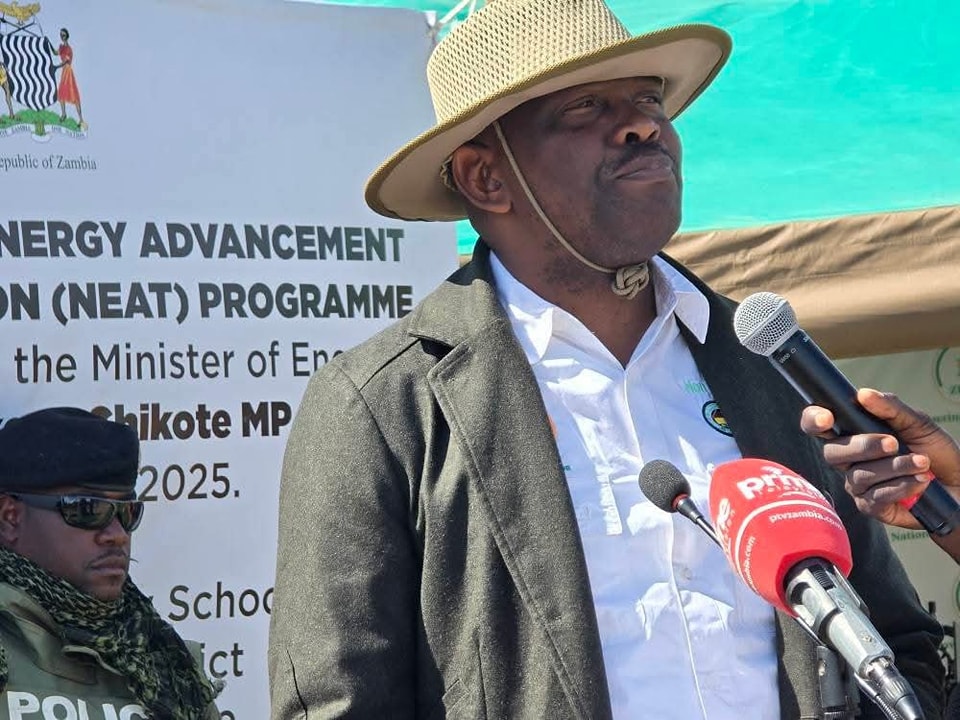Zambia Launches NEAT Project, Cuts Power Fees, Targets 2030 Rural Electrification
The Zambian Government has reaffirmed its commitment to expanding rural electrification with the launch of the National Energy Advancement Transformation (NEAT) project, a bold initiative aimed at transforming energy access in remote communities.
Minister of Energy Makozo Chikote officially launched the NEAT project in Itezhi Tezhi District, pledging that the majority of rural households will be connected to power by 2030.
The launch ceremony was attended by traditional leaders, local government officials, and enthusiastic residents who welcomed the promise of development powered by clean and reliable energy.
“No Zambian should be left behind in our journey towards energy equity,” declared Mr. Chikote, who also announced a major reduction in electricity connection fees from K4,800 to just K300 to make energy access more affordable for rural communities.
The NEAT project aligns with the Eighth National Development Plan (8NDP) and Zambia’s green growth strategy. It will integrate grid extensions with off-grid renewable energy technologies to expand electricity coverage. The project’s goals include improving livelihoods, boosting economic opportunities, and strengthening essential services such as education and healthcare.
Rural Electrification Authority (REA) Board Chairperson Bruce Jaani noted that over 15,000 rural households are expected to benefit from the project in 2024 alone. He emphasized REA’s dual approach of expanding the national grid while promoting off-grid solutions in hard-to-reach areas.
ZESCO Director of Power Generation Ernest Banda, representing Managing Director Justin Loongo, expressed the company’s full support for NEAT. “Together with REA and the Ministry of Energy, we are committed to ensuring that electricity reaches every Zambian,” Banda stated.
Traditional leader Chief Chikaza Munyama thanked President Hakainde Hichilema and REA for prioritizing Itezhi Tezhi, saying the project symbolizes new hope for economic growth, education, and healthcare in the district.



